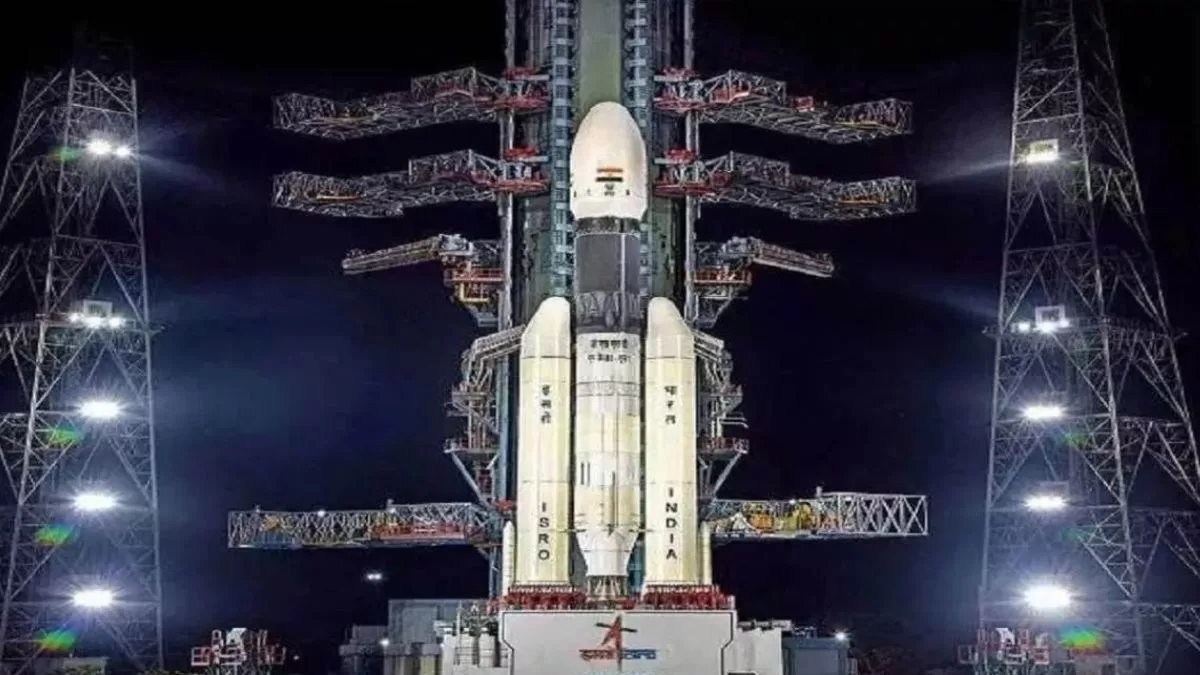Exploring the cosmos has always been a remarkable achievement for humanity. The fascination with celestial bodies, particularly the Moon, has led to the creation of various space missions. One such mission is Chandrayaan 3, India’s ambitious lunar exploration project. In this article, we’ll delve into the travel history of Chandrayaan 3 and discuss the valuable information it aims to collect.
In the vast expanse of space, the Moon has captivated our imagination for centuries. Chandrayaan 3, the third lunar exploration mission by the Indian Space Research Organisation (ISRO), is poised to continue India’s space journey by unraveling the Moon’s mysteries and gathering crucial data.
The Evolution of Chandrayaan Missions
The Chandrayaan series began with Chandrayaan 1 in 2008, followed by Chandrayaan 2 in 2019. While Chandrayaan 1 confirmed the presence of water molecules on the Moon’s surface, Chandrayaan 2 aimed to explore the Moon’s south polar region. Despite the partial success of Chandrayaan 2, it laid the foundation for the upcoming Chandrayaan 3 mission.
Chandrayaan 3: A Second Attempt
Chandrayaan 3 marks India’s determination to succeed in its lunar exploration endeavors. It is a return-to-the-Moon mission with the goal of soft-landing a rover on the lunar surface. This mission will rectify the setbacks of Chandrayaan 2 and demonstrate India’s growing space capabilities.
Goals of Chandrayaan 3
Chandrayaan 3 carries a multi-fold objective. It aims to analyze the Moon’s surface composition, search for water ice in the polar regions, study the lunar exosphere, and advance technological prowess. By achieving these goals, scientists hope to deepen our understanding of the Moon’s history and evolution.
Scientific Instruments on Board
The rover aboard Chandrayaan 3 is equipped with an array of sophisticated instruments. These include spectrometers to analyze surface materials, a drill to collect samples from greater depths, and cameras for detailed imaging. These instruments are crucial for comprehending the Moon’s geological and chemical characteristics.
Exploring the Lunar Surface
Chandrayaan 3’s rover will explore the lunar terrain with precision. It will traverse areas never before accessed, examining craters, valleys, and plains. The data collected will provide insights into the Moon’s geological processes and shed light on its formation.
Understanding Lunar Composition
One of Chandrayaan 3’s primary goals is to analyze the Moon’s composition. By studying its mineral content, scientists can infer the Moon’s origin and evolution. This information is pivotal for deciphering the Moon’s relationship with Earth and other celestial bodies.
Searching for Water Ice
Water on the Moon is a game-changer for future space exploration. Chandrayaan 3 will investigate the presence of water ice in permanently shadowed regions. If found, this ice could serve as a vital resource for sustaining future lunar missions.
Studying Lunar Exosphere
Chandrayaan 3 will study the Moon’s exosphere, the tenuous outer layer of its atmosphere. This analysis will help us comprehend the Moon’s interactions with solar radiation and its environment. It also has implications for understanding the atmospheres of other airless bodies.
Technological Advancements
The development of Chandrayaan 3 has spurred technological advancements. From improved landing systems to enhanced rover capabilities, these innovations contribute to India’s growing reputation in the field of space exploration.
Collaborative International Efforts
Space exploration is a collaborative endeavor. Chandrayaan 3 exemplifies international cooperation, with its instruments and expertise contributed by various partner nations. This spirit of collaboration fosters a shared understanding of the cosmos.
Challenges Faced
Space exploration is riddled with challenges. Chandrayaan 3’s successful landing and operation hinge on precise calculations, engineering prowess, and overcoming unpredictable lunar conditions. These challenges reflect the audacious nature of space missions.
Anticipated Discoveries
Chandrayaan 3 holds the potential for groundbreaking discoveries. These could range from new insights into the Moon’s geological history to revelations about the origin of lunar water. Each revelation brings us closer to comprehending our place in the universe.
Inspiring Future Generations
Beyond its scientific contributions, Chandrayaan 3 serves as an inspiration for future generations. The mission showcases human innovation and curiosity, encouraging young minds to pursue careers in science, technology, engineering, and mathematics (STEM).
Conclusion
Chandrayaan 3 stands at the forefront of India’s space ambitions, poised to expand our understanding of the Moon and beyond. As the mission unfolds, the data it gathers will undoubtedly shape our cosmic perspective and pave the way for even more ambitious space endeavors.
FAQs
Q: What is Chandrayaan 3’s primary objective? A: Chandrayaan 3 aims to soft-land a rover on the Moon’s surface to study its composition, search for water ice, and advance technological capabilities.
Q: How does Chandrayaan 3 differ from its predecessors? A: While Chandrayaan 1 confirmed water molecules on the Moon, and Chandrayaan 2 aimed to explore the south polar region, Chandrayaan 3 is a return-to-the-Moon mission with a focus on soft-landing and surface exploration.
Q: What are the key scientific instruments on Chandrayaan 3? A: Chandrayaan 3’s rover is equipped with spectrometers, a drill, and cameras to analyze surface materials, collect samples, and capture detailed images.
Q: Will Chandrayaan 3 contribute to future Moon missions? A: Yes, Chandrayaan 3’s findings will provide critical data for planning and executing future lunar missions, potentially unlocking new opportunities for space exploration.


One thought on “Chandraayan 3: Unveiling Lunar Mysteries and Collecting Vital Information”